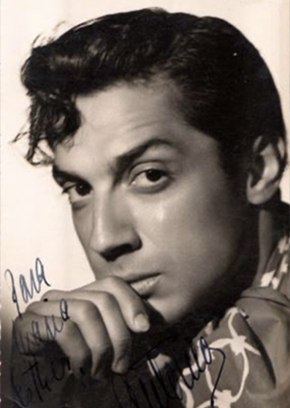Antonio Ruiz Soler
- Born in Seville, 4th November 1921.
- Dancer, Choreographer, Artistic Director of the Spanish National Ballet 1980-1983, 1989.
- Died in Madrid, 5th February 1996.
- Flamenco was declared a UNESCO Intangible Cultural Heritage of Humanity in 2010.







